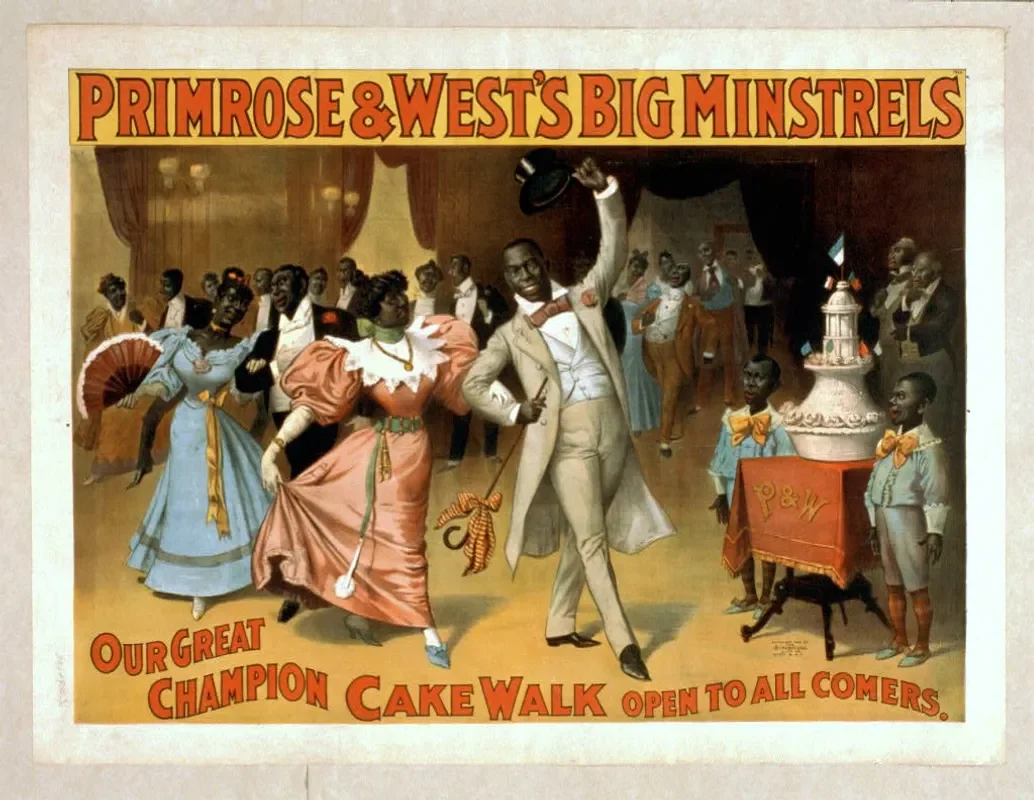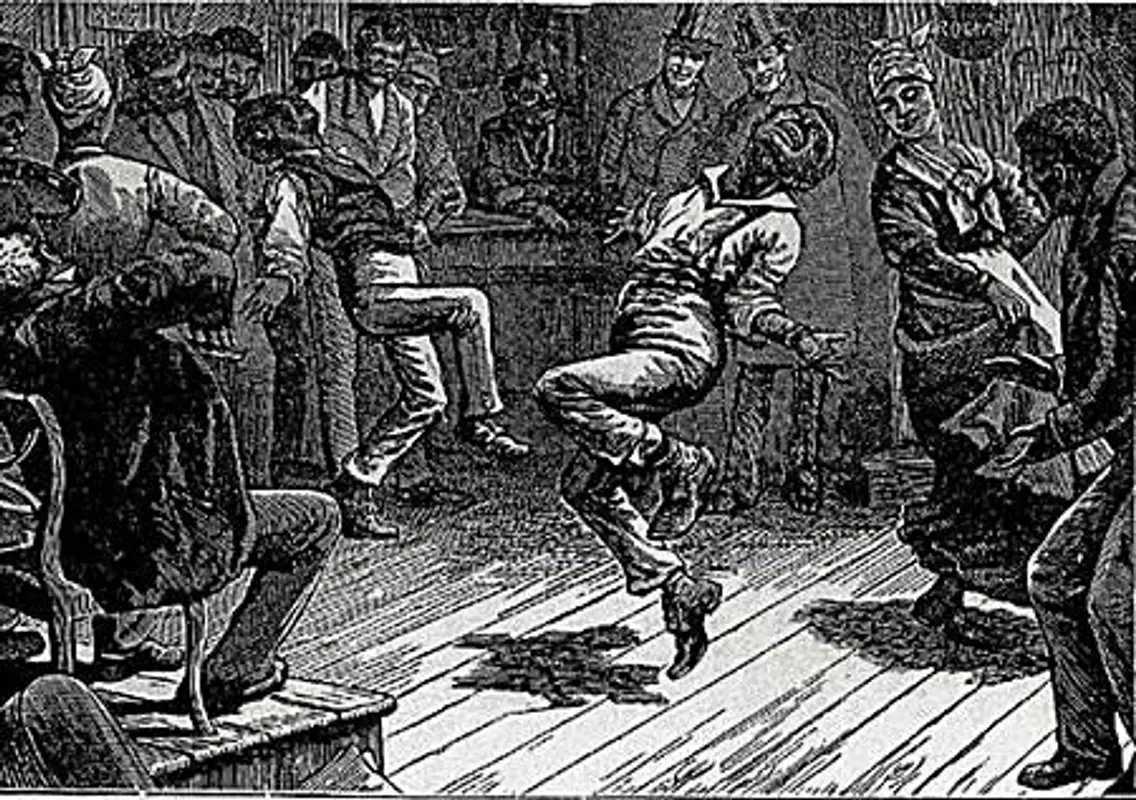“(B) This is a big one...Shine -- a major quality, a major quality. We want the things to shine, to have the right lustre of a just-washed 'fro, of spit-shined shoes, of de-ashened elbows and knees and noses. The Shine who escaped the Titanic, the "li'l light of mine", patent leather. Dixie Peach. Bar BQ. fried fish, cars, ad shineum!”
— AFRICOBRA MANIFESTO “10 in Search of a Nation”
Reflections
While serving as the Diversity, Equity, Inclusion, and Justice Manager at The Joyce Theater, I created a Black History Month blog series examining Dandyism in dance — how Black men, from minstrelsy to modern ballet, shaped American stages through style and resistance. That research became a bridge to my current artistic and entrepreneurial practice, where Shine functions as both theory and ritual — expressed through my visual artwork and through Don’t B. Ashy, a continuation of that same lineage of care, polish, and liberation.

Dandyism in Dance | A mutation from the Cakewalk to Capes
This year’s Black History Month celebration was inspired by the MET Gala’s 2025 theme: Superfine: Tailoring Black Style. The exhibition’s guest curator, Monica Miller, authored “Slaves to Fashion: Black Dandyism and the Styling of Black Diasporic Identity.” In this book, Miller examines “...moments in literary and visual culture in which Black male subjects can be seen understanding, manipulating, and reimagining the construction of their images through the dandy’s signature method: a pointed redeployment of clothing, gesture, and wit.”

Dandyism in Dance | Minstrelsy & Vaudeville
Imitation is the Sincerest Form of Flattery
They say imitation is the sincerest form of flattery, but can it also function as a tool of resistance and transcendence? This post examines how African-American performers navigated the entertainment world despite being racially mocked. We will explore mockery vs imitation in performance by using as our subjects two legendary dancers, Master Juba, and George Walker, as well as a dance, the Cakewalk. Minstrelsy was meant to mock, but who was imitating whom?


